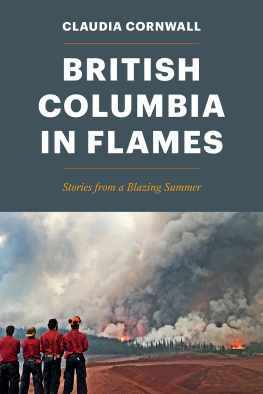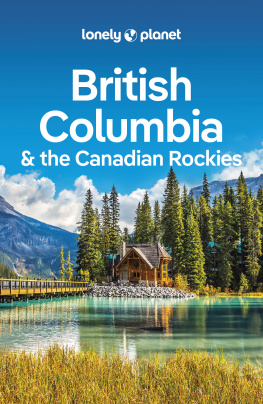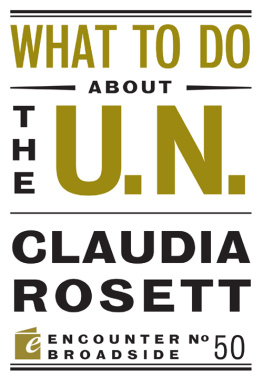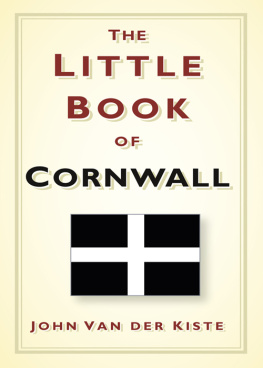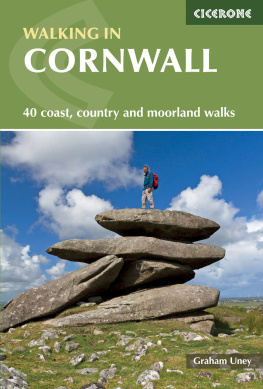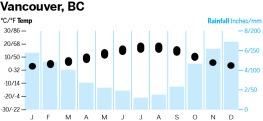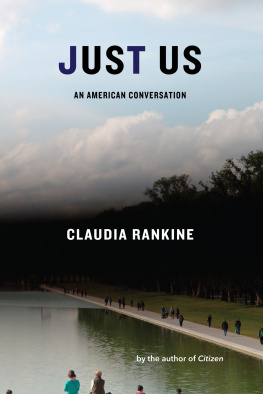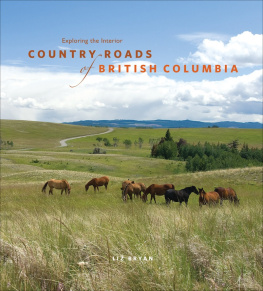Claudia Cornwall - British Columbia in Flames
Here you can read online Claudia Cornwall - British Columbia in Flames full text of the book (entire story) in english for free. Download pdf and epub, get meaning, cover and reviews about this ebook. year: 2020, publisher: Harbour Publishing Co. Ltd., genre: Detective and thriller. Description of the work, (preface) as well as reviews are available. Best literature library LitArk.com created for fans of good reading and offers a wide selection of genres:
Romance novel
Science fiction
Adventure
Detective
Science
History
Home and family
Prose
Art
Politics
Computer
Non-fiction
Religion
Business
Children
Humor
Choose a favorite category and find really read worthwhile books. Enjoy immersion in the world of imagination, feel the emotions of the characters or learn something new for yourself, make an fascinating discovery.
- Book:British Columbia in Flames
- Author:
- Publisher:Harbour Publishing Co. Ltd.
- Genre:
- Year:2020
- Rating:5 / 5
- Favourites:Add to favourites
- Your mark:
- 100
- 1
- 2
- 3
- 4
- 5
British Columbia in Flames: summary, description and annotation
We offer to read an annotation, description, summary or preface (depends on what the author of the book "British Columbia in Flames" wrote himself). If you haven't found the necessary information about the book — write in the comments, we will try to find it.
British Columbia in Flames — read online for free the complete book (whole text) full work
Below is the text of the book, divided by pages. System saving the place of the last page read, allows you to conveniently read the book "British Columbia in Flames" online for free, without having to search again every time where you left off. Put a bookmark, and you can go to the page where you finished reading at any time.
Font size:
Interval:
Bookmark:
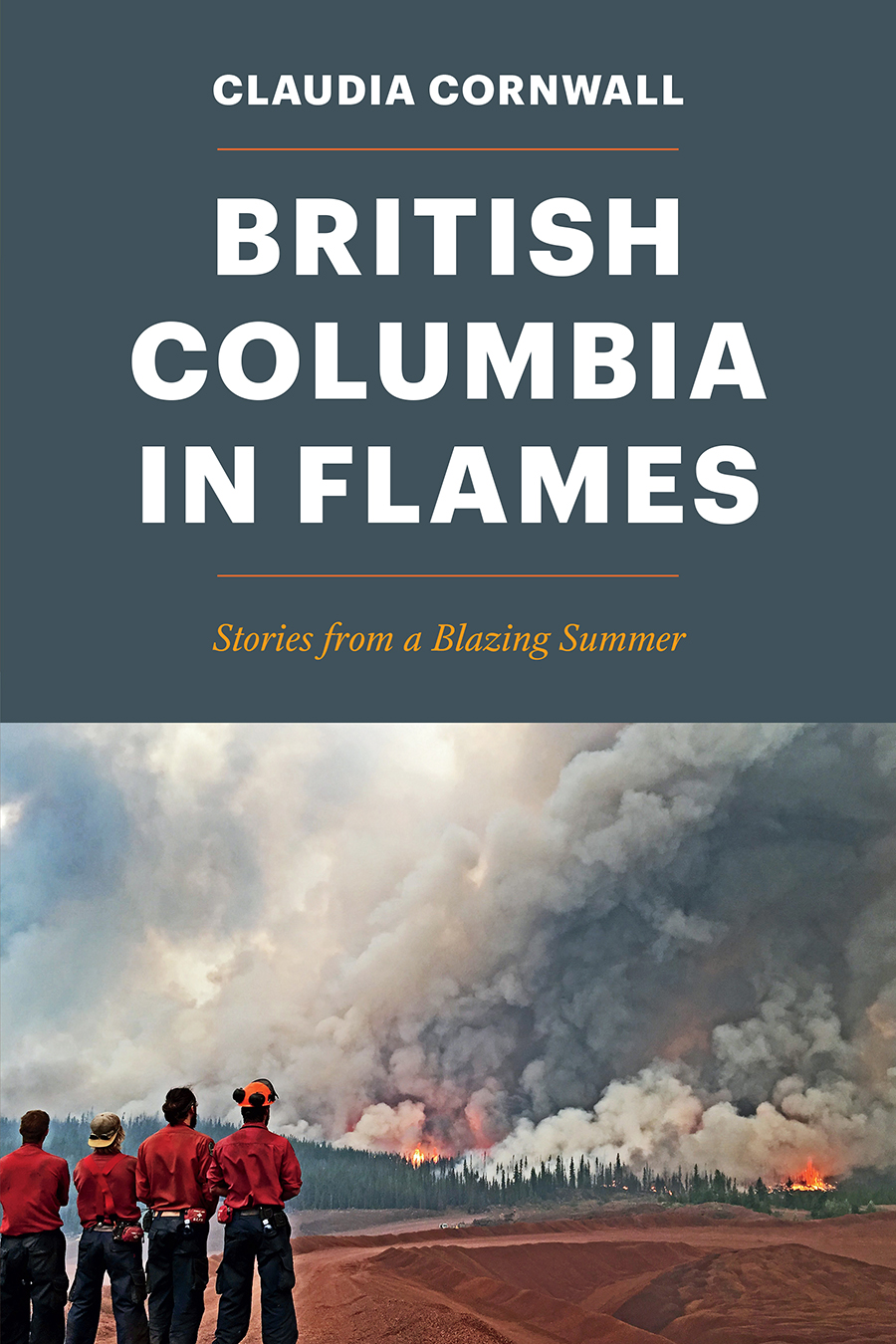
British Columbia in Flames
Claudia Cornwall
British Columbia in Flames
Stories from a Blazing Summer

Copyright 2020 Claudia Cornwall
All rights reserved. No part of this publication may be reproduced, stored in a retrieval system or transmitted, in any form or by any means, without prior permission of the publisher or, in the case of photocopying or other reprographic copying, a licence from Access Copyright, .
Harbour Publishing Co. Ltd.
P.O. Box 219, Madeira Park, BC , V0N 2H0
www.harbourpublishing.com
Images by Gordon Cornwall except for pages XIII (top) and XIV (bottom) by Linda Botterill; pages VI (bottom) and VII (all) by Jesaja Class; page XI (bottom) by Shawn Cropley; page XIII (bottom) and cover by Eric Depenau; page III and pages VII and IX (top) by Bailey Fuller; page I (top) by Bob Grant; page XV (bottom) by Kevin Haggkvist; page 72 by Andra Holzapfel; page IV (top) by Bryan Johns; page XIV (top) by Joanne Macaluso; page II (top) by Brad Pierro; page 219 by Brad Potter; pages X (bottom), XI (top), XII (both) by Steven Seibert; page II (bottom) by Wanda Shep; pages 117 and 119 by Samantha Smolen; page XV (top) by Wolfgang Viertel; pages IX (bottom) and X (top) by Krista Vieira; and page VIII (bottom) by Barb Woodburn.
Edited by Pam Robertson
Indexed by Ellen Hawman
Cover design by Setareh Ashrafologhalai
Text design by Carleton Wilson and Becky Pruitt MacKenney
Printed and bound in Canada



Harbour Publishing acknowledges the support of the Canada Council for the Arts, the Government of Canada, and the Province of British Columbia through the BC Arts Council.
Library and Archives Canada Cataloguing in Publication
Title: British Columbia in flames : stories from a blazing summer / Claudia Cornwall.
Names: Cornwall, Claudia Maria, author.
Description: Includes bibliographical references and index.
Identifiers: Canadiana (print) 20200183885 | Canadiana (ebook) 20200183907 | ISBN 9781550178944 (softcover) | ISBN 9781550178951 ( HTML )
Subjects: LCSH : WildfiresBritish Columbia. | LCSH : WildfiresSocial aspectsBritish Columbia.
Classification: LCC SD 421.34.C3 C67 2020 | DDC 363.37/9dc23
To the people of the Cariboo-Chilcotin , whose courage and resourcefulness are so inspiring.
What matters most is how well you walk through the fire.
Charles Bukowski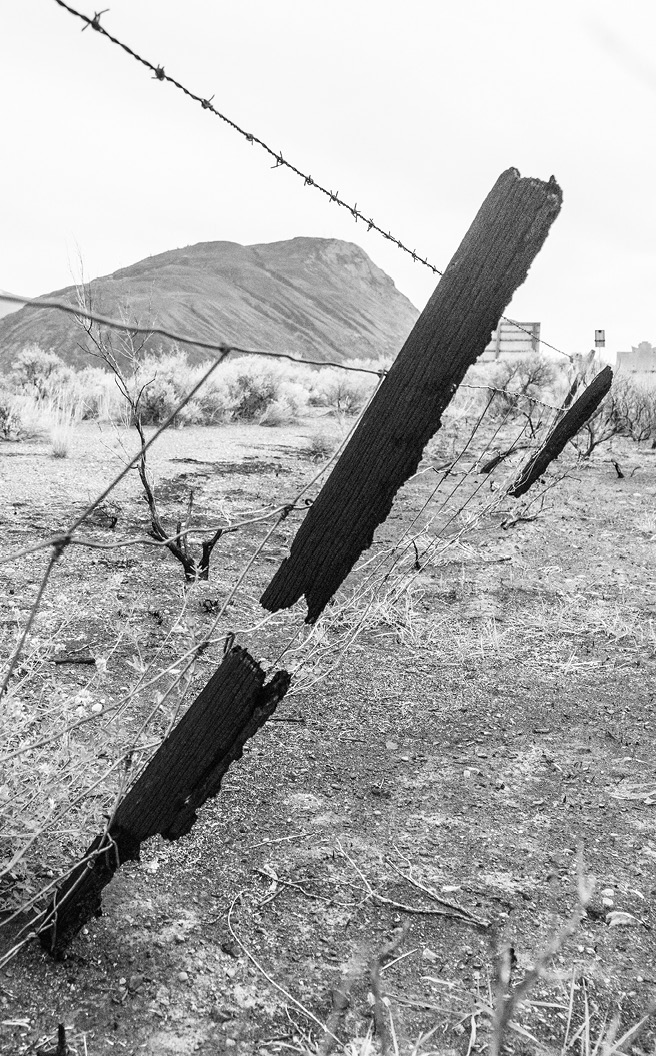 Fences were a common casualty during the fires. Over a thousand kilometres of them burned.
Fences were a common casualty during the fires. Over a thousand kilometres of them burned. 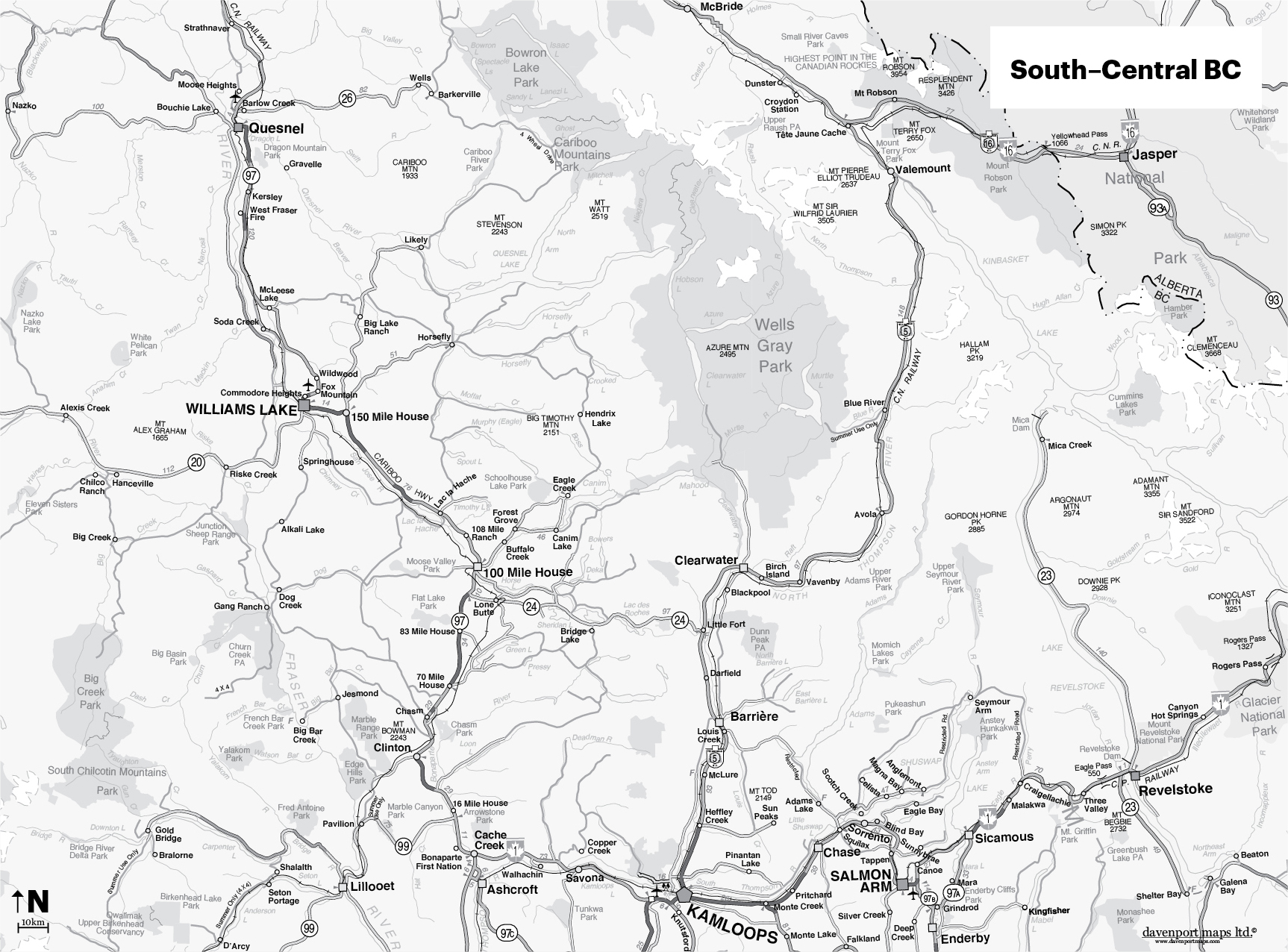
July 7, 2017, is a day many British Columbians will never forget. A day like no otherunprecedented, they say. Mayor John Ranta was standing on his front lawn in Cache Creek when he saw fire aiming straight for him. Andra Holzapfel noticed smoke curling over a mountain and heading toward her just after she had unpacked her canoe in Bowron Lake Provincial Park. Flying south in a Twin Otter from Fort St. John, Jeremy Sieb noted smoke columns at Otter Lake, Dragon Mountain and south of Quesnel on the west side of the Fraser River. Chief Francis Laceese saw plumes on his way from Kamloops to the Toosey First Nation in Riske Creek. In the Walmart parking lot in Williams Lake, Raylene Poffenroth snapped photographs of several fires erupting on the horizon. Kurt Van Ember witnessed lightning strikes as he was driving west along Highway 20. We are going to be in for one hell of a ride, he said. The fires descended like a pride of dragons, roaring and snorting. They were fast-moving and everywhere. The BC Wildfire Service was stretched to the limit and didnt even get to all the fires reported.
The Elephant Hill, HancevilleRiske Creek and Plateau Complex fires started on July 7. They stormed across British Columbia, growing ever larger, seemingly unstoppable. Glen Burgess, an incident commander for several fires, told me during an interview at the Kamloops Fire Centre, Ideally on a fire, you go in and you take action and you put it out. But when a fire is a hundred kilometres long by seventy kilometres wide, you cant have people on every inch of that. The growth was so volatile and there were times we couldnt put our people out there. We had to let these fires do their thing. When the smoke is thick and its heavy, you cant fly aircraft. You cant operate safely. And really its about Mother Nature at that point. The Plateau fire was the largest single fire in the provinces history. It eventually extended over 545,000 hectares and came to within 60 kilometres of Quesnel. By the time these dragons gasped their last, they had consumed a total of 1.2 million hectaresthats 1.3 percent of BC , an area more than twice the size of PEI and slightly bigger than Lebanon.
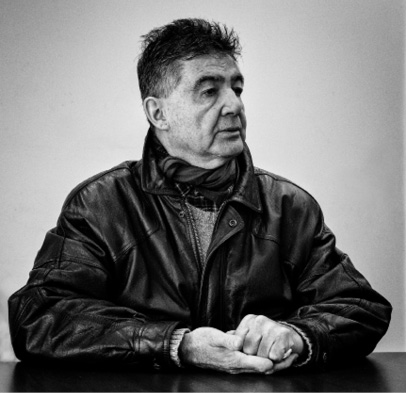 Chief Francis Laceese saw plumes as he was driving from Kamloops to the Toosey Nation.
Chief Francis Laceese saw plumes as he was driving from Kamloops to the Toosey Nation. Summer fires are a familiar occurrence in British Columbia. They have scored and shaped the province, causing devastation as well as renewal. Our natural spaces have developed through exposure to fires, and many of our plants and animals are exquisitely adapted to them. Lodgepole pines depend on heat for their seeds to germinate, a phenomenon called pyriscence. Their cones are sealed with a resin that melts when exposed to fire and then the seeds are released. Fireweed and huckleberries flourish on the sites of burned forests, taking advantage of the extra nutrients in the ashy soil and the additional sunshine available due to tree loss.
Fire beetles fly eagerly toward forest fires to mate and deposit their eggs under the bark of smouldering trees. Dying trees are hospitable environments for the beetles because they no longer secrete the juicy resins healthy trees use to flush out invading insects. Woodpeckers follow the beetles, attracted by their succulence. Bears, which are opportunistic omnivores, arrive somewhat later when food sources such as huckleberries get established. And deer come, lured by the lush meadows that eventually grow in the new clearings.
People, too, have used landscape fires to serve their own ends. Historians have found evidence dating back to the 1700s of First Nations in the Pacific Northwest burning for various purposesamong other things, to make clearings around their villages, to create pasture for their horses and game, and to make space for growing medicinal herbs and food. According to forester John Parminter, they relied on fires to promote the cultivation of at least eighteen different species of plants. Sometimes these burns escaped, but for the most part the Indigenous people had techniques to control them. The result was a patchwork of forest and grassland, resistant to catastrophic fires.
New settlers, prospectors and lumbermen also set fires, on occasion quite carelessly. In 1915, H.R. MacMillan, who was Chief Forester at the time and later one of BC s most famous lumber barons, observed:
Font size:
Interval:
Bookmark:
Similar books «British Columbia in Flames»
Look at similar books to British Columbia in Flames. We have selected literature similar in name and meaning in the hope of providing readers with more options to find new, interesting, not yet read works.
Discussion, reviews of the book British Columbia in Flames and just readers' own opinions. Leave your comments, write what you think about the work, its meaning or the main characters. Specify what exactly you liked and what you didn't like, and why you think so.

